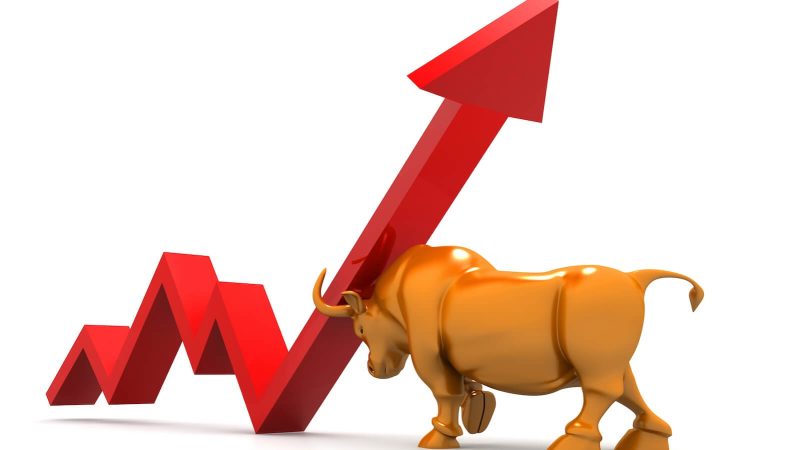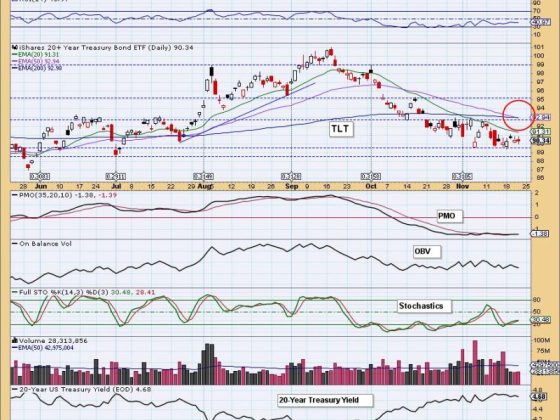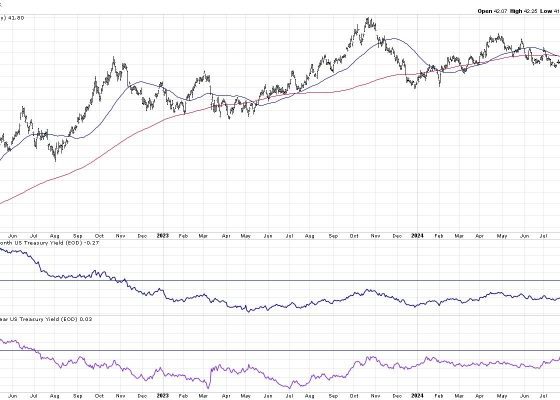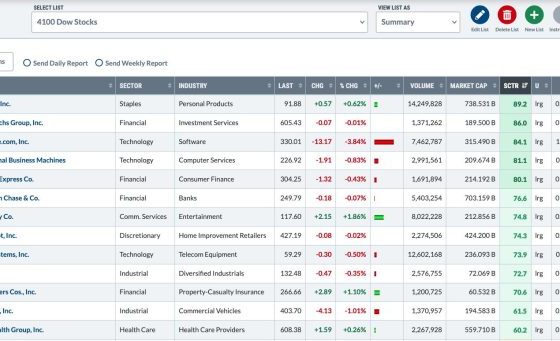The stock market rally and the rise in yield are essential economic concepts that every investor, regardless of their financial expertise, should understand. Comprehending these phenomena can help individuals glean a clearer understanding of the financial market, adopt forward-thinking investment strategies, and ultimately adjust better to the dynamics of the capital markets.
The Stock Market Rally
A stock market rally is a prolonged period where prices in the stock market increase significantly, usually over several days, weeks or even months. Rallies can occur in individual stocks, a sector, or the entire market. These are spurred by an array of factors, including positive economic data, encouraging corporate news, such as robust earnings reports, and favourable geopolitical conditions.
Investors, traders, and market watchers often utilize these periods to make substantial gains on their investments if timed correctly. However, the timing couldn’t be more critical. Misinterpreting the beginning or end of a rally could result in considerable losses as investors may buy at the peak or sell during an upswing.
Understanding Yield Rise
Yield is essentially the annual profit an investor would make on an investment, mainly bonds, and is expressed as a percentage of the investment’s cost, current market value or face value. Therefore, a rise in yield translates to an increase in the return an investor makes on a given investment.
However, it’s crucial to note that the relationship between bond prices and yields is inversely proportional; a rise in yield often denotes a drop in the price of a bond and vice versa. This inverse relationship is primarily due to market demand. When bonds are in high demand, prices increase, and yields drop. Conversely, when bonds are in low demand, prices drop, triggering a yield increase.
Contributory Factors & Effects
Numerous factors contribute to the stock market rally and yield rise—positive economic indicators like low unemployment rate, high GDP growth, sound corporate earnings, and evident political stability foster a robust market rally. On the other hand, yields primarily increase with inflation expectations, higher Federal Reserve rates, or heightened government borrowing.
Market rallies can unleash both positive and negative outcomes. Market rallies, spurred by genuine economic growth, can lead to wealth generation for investors. However, rallies based on speculative activities may form a ‘stock market bubble’, which, when burst, could lead investors to incur significant losses.
A yield rise, while beneficial for new bond investors due to increased returns, can negatively impact existing bondholders. This is because when yields rise, bond prices fall, causing a decline in the market value of existing bondholders’ investments.
Understanding the dynamics of a stock market rally and a rise in yield can be crucial to investment decisions. By staying informed on economic indicators and market operations, investors can make the most out of their investments during a financial upswing. However, effective risk management and experienced financial advice should also accompany these strategies, to ensure optimal results. At the heart of these concepts is the timeless truth that although higher returns may be potentially rewarding, they also come with a higher risk.









